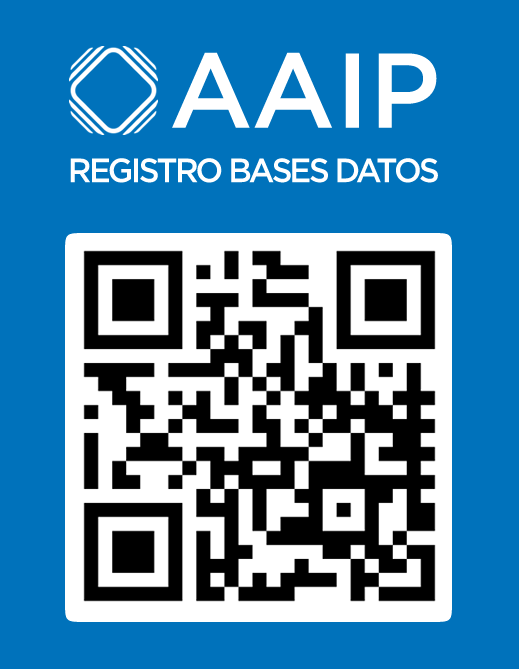At WeFIV, we accompany you through all the stages of your assisted reproduction treatment, using the latest technology, to achieve the best possible results.
In Vitro Fertilization (IVF) is a highly complex treatment in which the fertilization process takes place outside the woman's body, in a laboratory. Although the union of the two gametes (male and female) occurs in an artificial medium, the process itself is natural. The sperm are placed around the egg, which is then spontaneously penetrated by one of them.
During In Vitro Fertilization, there may be cases where the sperm cannot penetrate the egg on its own. In this scenario, a single sperm is injected into the egg using a microscope and a micromanipulator. This technique is known as Intracytoplasmic Sperm Injection (ICSI). Once fertilization occurs and the embryos develop, a single embryo is transferred to the uterine cavity to continue its development and implantation.
Before proceeding with a specific assisted reproduction treatment, at WeFIV we conduct an in-depth study of each patient to diagnose and recommend personalized treatment plans. Many patients need to know the advantages of In Vitro Fertilization, so our team of professionals is happy to inform and answer all their questions.
Once In Vitro Fertilization is chosen, the woman must undergo a hysterosalpingography to determine the permeability of the fallopian tubes and rule out structural alterations such as hydrosalpinx that affect the results of IVF (if she doesn’t have a recent one). She must also undergo a hormonal study to assess ovarian reserve and general endocrine conditions, as well as a gynecological ultrasound to evaluate uterine and ovarian anatomy. Meanwhile, the male must undergo a semen analysis to determine if the semen is suitable for the treatment. If it is not, a testicular biopsy or sperm donor will be needed.

The purpose of ovarian stimulation is to retrieve a good number of oocytes for IVF. The process consists of daily self-administration of injections to stimulate the ovaries to produce more oocytes, rather than producing a single egg. In this way, after fertilization, a greater number of embryos could be obtained. We then select the one that is most compatible with the subsequent pregnancy development. Ovarian stimulation lasts approximately 10 to 15 days depending on the patient. During that period, the patient is monitored through ultrasounds to observe the follicle growth and determine when the egg retrieval should be performed.
When the follicles reach an appropriate size, the hormone (hCG) is administered to allow the eggs to mature. 36 hours later, the follicular puncture is scheduled, which is an intervention under sedation, carried out in an operating room and lasts 15 minutes. Some preoperative recommendations are:
The eggs are fertilized in the laboratory with sperm from the semen sample. As explained before, this procedure can be done through the traditional IVF technique or by ICSI. At WeFIV, we have the latest technology incubators specifically designed to culture the embryos until their fifth day of development. The embryos are classified to select the best ones based on their division capacity and morphology.
The embryo transfer, or “transfer,” is when the best embryo is introduced into the maternal uterus with a specific cannula or catheter. The transfer is a painless and quick procedure that does not require anesthesia. It is recommended to drink water beforehand to have a full bladder, unless advised otherwise by the treating physician.
Likewise, both the patient and the companion are requested to avoid using perfumes, makeup, or substances with strong aroma as they could contaminate the laboratory air. Then, the patient should avoid situations that cause an increase in her body temperature or dehydration. She should not consume alcoholic beverages or medication without a medical prescription.
It is important to note that the high-quality embryos that were not used for the procedure are vitrified to be used in a later cycle, so it is not necessary to repeat ovarian stimulation.
In Vitro Fertilization (IVF) is a highly complex procedure and, as such, may not always be successful on the first try. The success of IVF depends on various factors, including the woman’s age, the quality of eggs and sperm, and the overall health of the patients.
At WeFIV, we utilize cutting-edge technology and support patients throughout all stages of treatment to maximize the chances of achieving pregnancy.
IVF is a safe procedure that has been used for decades to help couples conceive. At WeFIV, we conduct a thorough analysis of each patient to determine if this is the appropriate treatment for their particular case.
However, as with any medical procedure, there are certain risks and potential side effects, which are discussed with patients before starting treatment.
Once fertilization occurs and embryos develop, a single embryo is transferred to the uterine cavity. It must implant into the uterine lining to continue its development, a process that can take from a few days to a week after embryo transfer.
At WeFIV, usually a single embryo is transferred to the uterine cavity after IVF. This is done to minimize the risks associated with multiple pregnancies. Remaining high-quality embryos that are not used in the procedure are vitrified for potential use in a later cycle if needed.
The goal of ovarian stimulation in IVF is to retrieve a good number of eggs. This is achieved by administering medications that cause the ovaries to produce more follicles, each of which may contain an egg. The exact number of follicles needed may vary, but typically around 10 to 15 follicles are sought to maximize the chances of success.
The choice between Intrauterine Insemination and In Vitro Fertilization depends on the individual circumstances of each patient. IVF may be indicated when a woman has fallopian tube abnormalities and poor egg quality, when semen is not suitable for Intrauterine Insemination, or when there have been several unsuccessful attempts at Intrauterine insemination.
At WeFIV, we conduct a comprehensive evaluation to determine the most appropriate treatment for each patient.
Where is WeFIV
Soler 5552
Buenos Aires City, Buenos Aires
